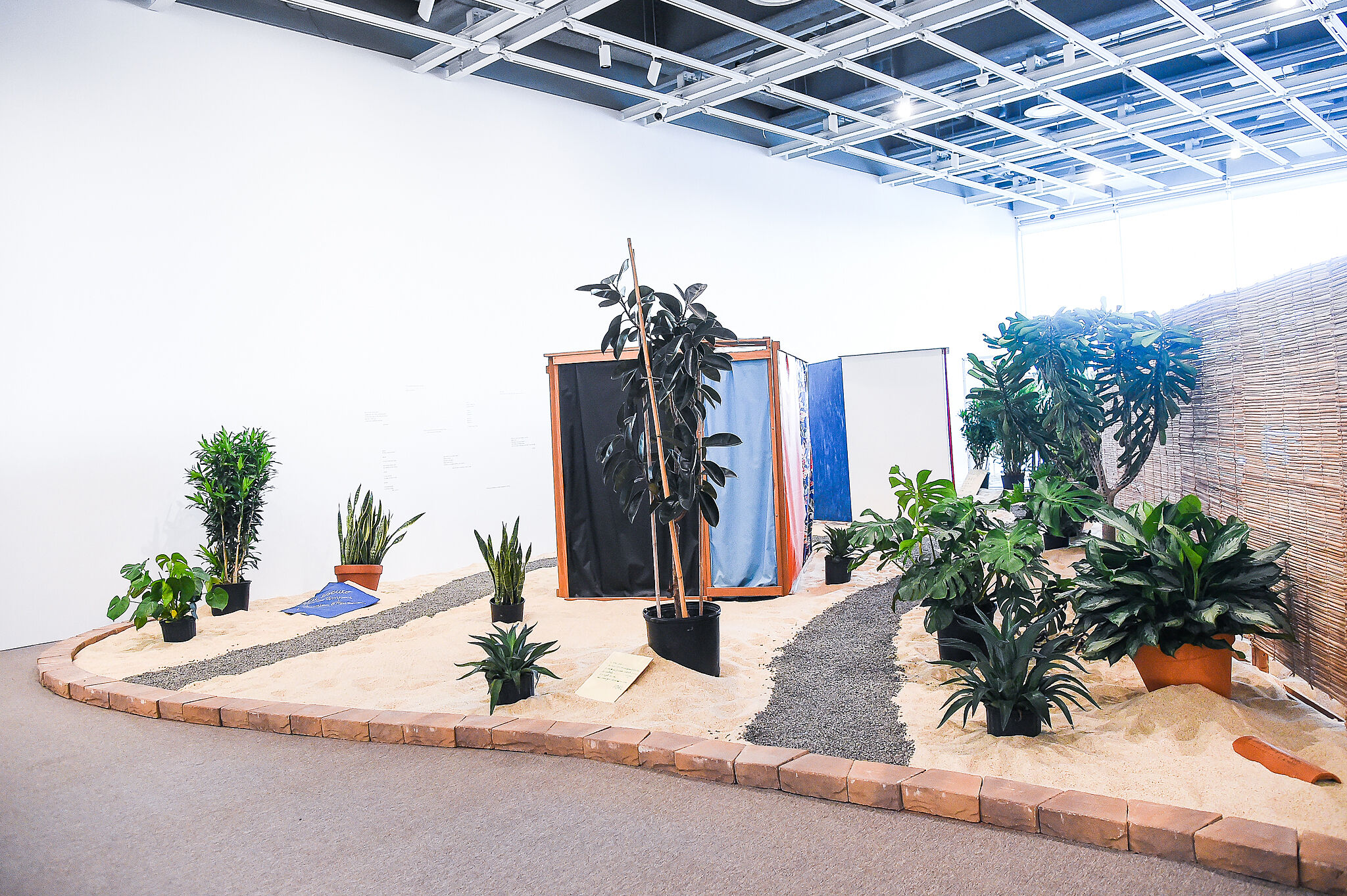Hélio Oiticica, Babylonests, 1971
July 14, 2017
0:00
Hélio Oiticica, Babylonests, 1971
0:00
Narrator: These slides show the Babylonests, works that Oiticica made for Information, a 1970 exhibition at the Museum of Modern Art. He rebuilt them in his own apartment after he relocated to New York City—first Second Avenue in the East Village, then on Christopher Street, just a few blocks south of the Whitney.
Arto Lindsay: Hi, I'm Arto Lindsay. I actually knew Hélio Oiticica in New York.
I think one thing to remember about the Nests was that they were a proposition. They were a program. They were a suggestion of possible behavior as much as they were places for people to actually inhabit and do things in. When I knew them, they were almost like a kind of intellectual scaffolding or something. You know? Kind of geometricizing his living room.
There are many stories about what took place in those Babylonests and the different places where they were installed. You know, like people getting high or a homeless person coming in and sleeping there or people fucking, kids, especially, loved them because they were so tactile, but they were also kind of hide-and-seeky.
Narrator: Oiticica also described the Nests as environments in which to pursue something the he called “creleisure.” Elisabeth Sussman.
Elisabeth Sussman: The idea was that leisure shouldn't be something that's left over at the end of the day when you finally have time to stop doing your other sort of important activities. It should be the natural state of things and it should be felt as a sort of state of creativity and of experimentality and of invention.

